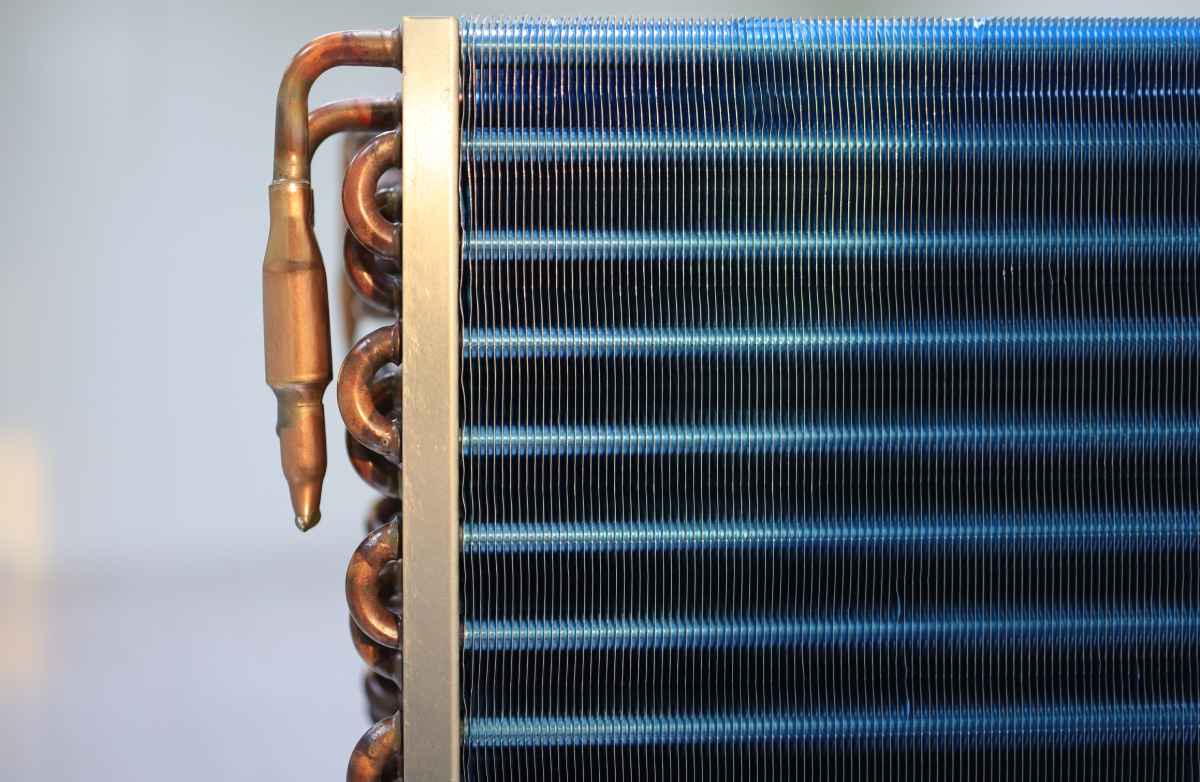Evaporator Coil vs Condenser Coil: What’s the Difference?

HVAC systems are precisely that: Systems. This means there’s not a single component that cools your home, but various components working together. Two such components are condensing coils and evaporator coils.
And while they are both called coils, they serve different functions. It’s true that both are necessary, but they’re independent of each other as well. So, what’s the difference between evaporator coils and condenser coils? Let’s dive in and learn more.
Condenser Coil vs Evaporator Coil
There are all sorts of differences when comparing a condenser vs an evaporator. But from a high-level point of view, the main difference comes in the form of functionality. While an evaporator coil absorbs heat, the condenser releases heat.
As a homeowner, you’ve certainly felt that release of warm air coming from your condenser. This hot air has already been extracted from inside your home. This is a crucial factor in the overall cycle of how an air conditioning system works. Converting air to cool air inside the home, while extracting the hot air and releasing it outside.
And remember, while condenser coils release hot air outside the home, evaporator coils absorb heat from inside. This is done with liquid refrigerant. Essentially, the evaporator coil uses the refrigerant to absorb heat from passing air. In doing so, the evaporator coil is cooling down the air flowing through the home.
And as a side note, this process of absorption also helps lower the humidity of the air inside your home. This is why many homeowners resort to their air conditioner on muggy days, in addition to hot days.
Other Differences Between Evaporator Coils and Condenser Coils
The functionality of these two components is what makes an air conditioning system work. But location plays a significant role as well. As mentioned, you’ve felt the hot air coming from your condenser coils outside your home. And therefore, you guessed it, evaporator coils are located inside.
Specifically, evaporator coils are most commonly located within the furnace of the HVAC system. This puts them near the blower fan, which is another component of an HVAC system. The blower fan pulls air from inside the home through your return ducts. And since you already know how the evaporator coils work, you can understand why this is an efficient design.
It’s also important to note that both condensing coils and evaporator coils work best when clean. Since we’re talking about the flow of air, a blocked coil will prevent your system from being as effective as needed. This results in a harder working system, a warmer home, and a higher utility bill.
Keeping both coils clean with regular maintenance is a simple process. However, since condenser coils are located outside, it’s common that they’ll need cleaning more often. While it’s true that condensers are blowing air outward, this doesn’t prevent dust and grime from latching on.
Similarly, just because your evaporator coils are located inside doesn’t mean they’re free of filth. Air carries all sorts of particles and debris. Over time, these particulates can cause a buildup and a blocked coil. Perform regular maintenance to avoid this from happening.
After all, cleaning and maintaining a coil is more cost effective than replacing it.
Additionally, it’s important that the size of your coils is comparable. If you have to replace one or the other, for example, it’s important to stay consistent in size and style. If your components are mismatched, this could put strain on your overall air conditioning system. The bottom line is that your evaporator coils and condenser coils should work in harmony.
Get an Estimate
Our professionals are eager to discuss the ins and outs of condensers, evaporators, and everything else HVAC. We’re the premier HVAC repair and installation team for good reason. Reach out to know where you stand when it comes to your air conditioning system.
